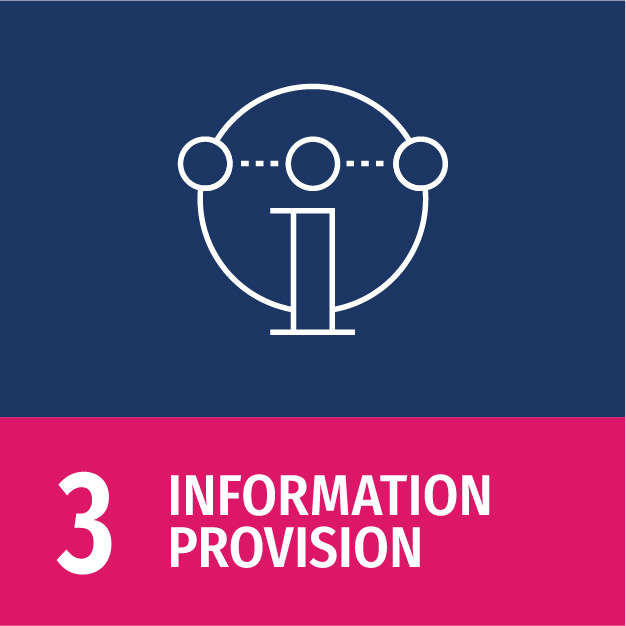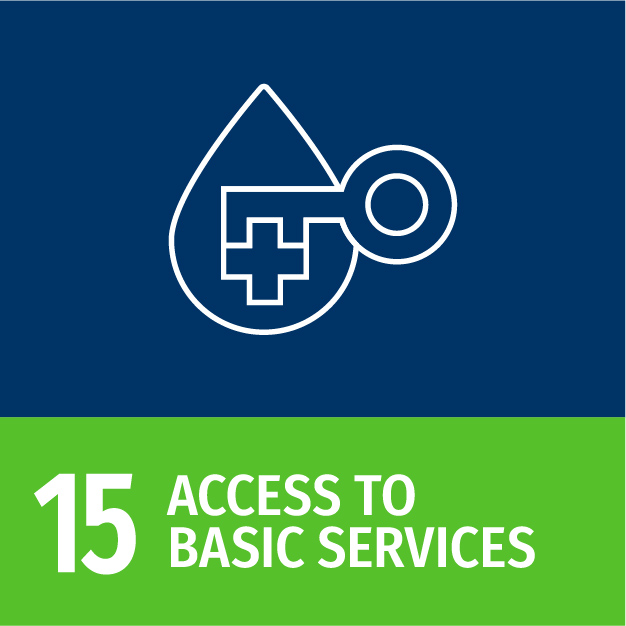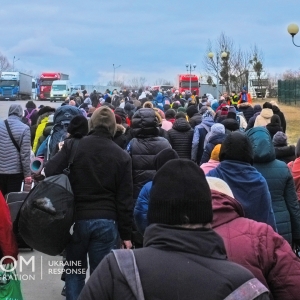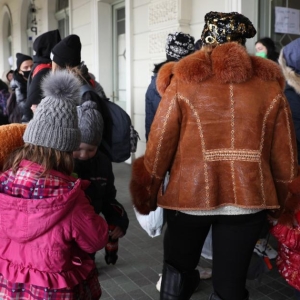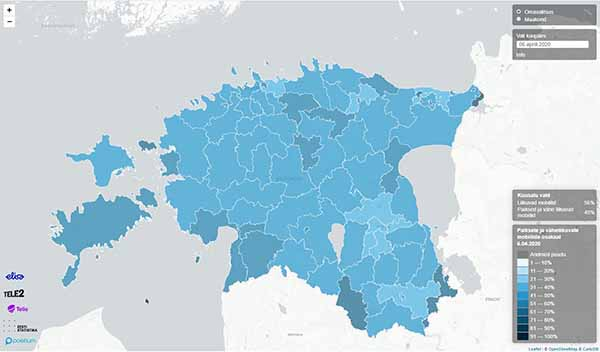
COVID-19 Mobility Analysis of Statistics Estonia: Collaborating with mobile network providers during an emergency situation, measuring human mobility under social distancing measurements
Summary
The COVID-19 Mobility Analysis of Statistics Estonia is an effort to track the effectiveness of and compliance wiht government-mandated mobility restrictions in Estonia. It uses anonymized aggregated mobile phone data provided by Estonian mobile network operators (MNOs) gathered on a daily basis to evaluate how society has adhered to the measurements and whether Estonians have remained within their own neighbourhoods. This project will continue until the end of the emergency situation in Estonia, after which all gathered data will be deleted.
Results
This project revealed a number of relevant insights into how the Estonian society has reacted to the measurements implemented to “flatten the curve” of COVID-19 cases. For instance, it showed that people living in Estonia stay in their main location – for instance, at home – for 20 hours per day on average, and that they have reduced the distance covered daily from 27.5 kilometres to 17.6 kilometres, on average. The analysis also revealed that any additional restrictions after the first weeks of the emergency situation did not clearly impact human mobility in Estonia. Overall, this project demonstrated that mobile phone data can help measure human mobility in a precise and quick manner, allowing research and government institutions to gain insights into the movement patterns of the population on the national and local level. Potentially, this approach can be replicated with data of other contexts as well, especially where mobile phone usage rates are high and insights from census and survey data may be infrequent and insufficient for achieving particular goals of research and policymaking.
Image: © Statistics Estonia
